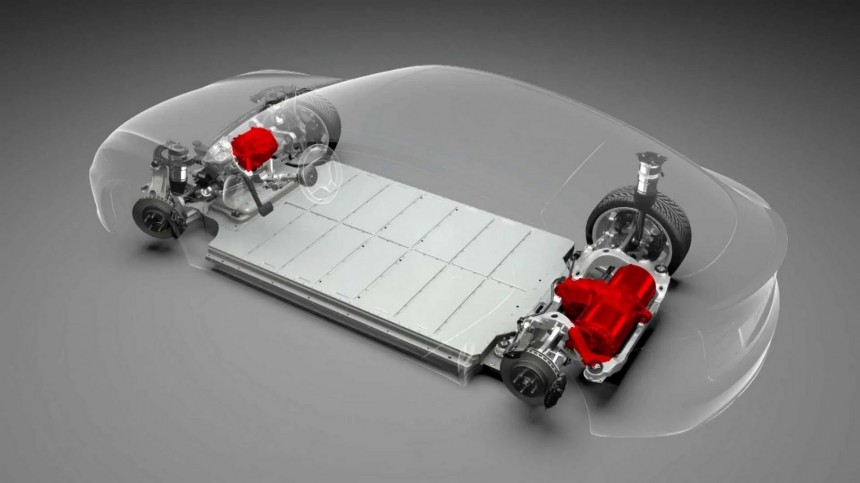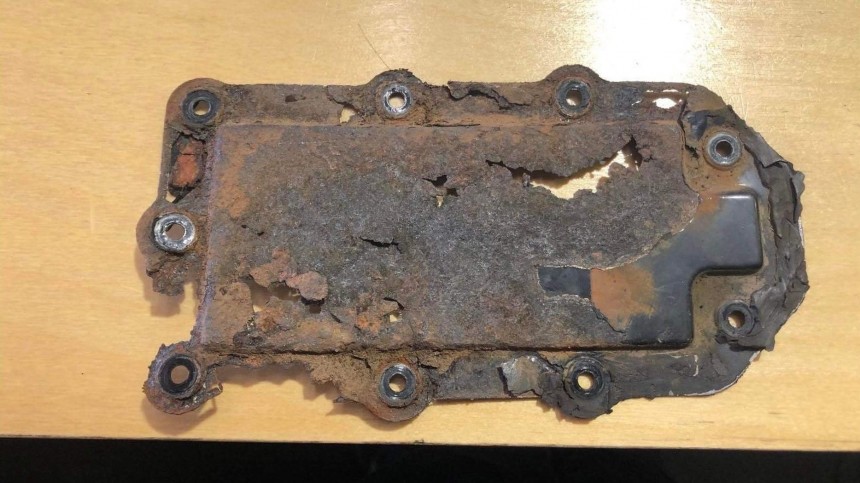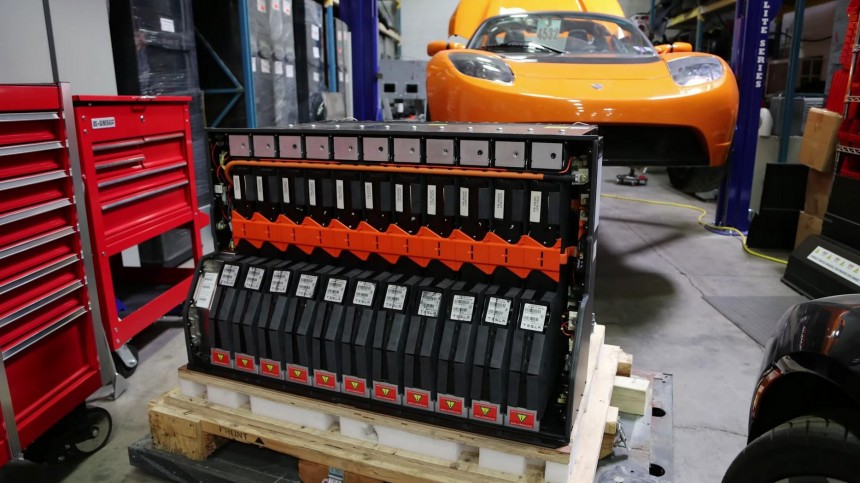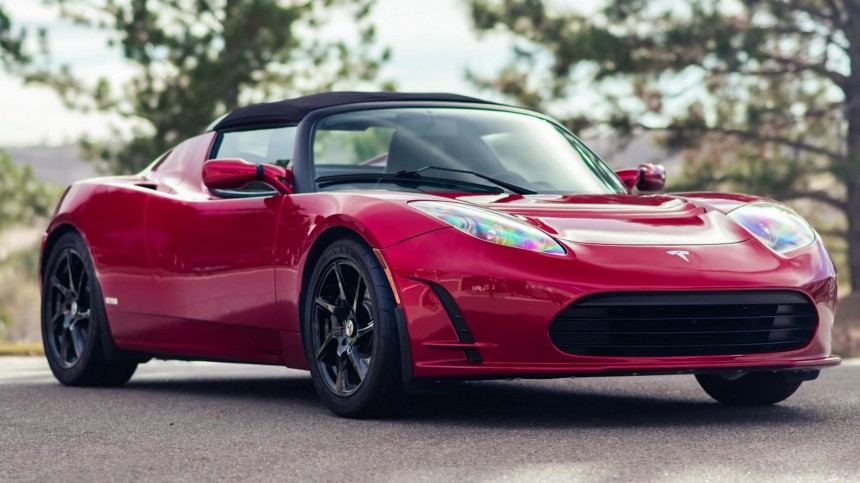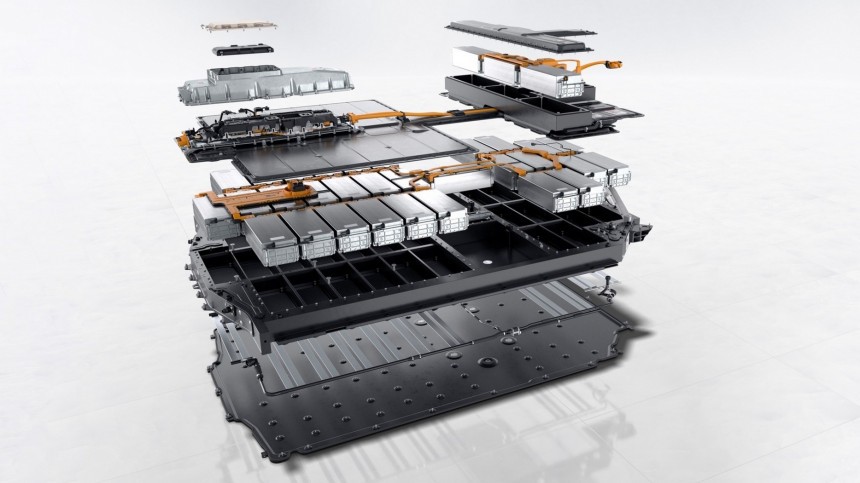Evidence-based medicine is a systematic approach to treating patients based on the best available scientific evidence. In other words, it only applies what studies confirm that truly works. This principle should be applied to everything. Yet, we still hear battery electric vehicle (BEV) advocates claiming that battery packs will last as much as the car. That is only correct for those who accept that a car dies when its battery pack kicks the bucket. Evidence shows that is way sooner than it should be.
In these years covering BEVs, I have collected practical examples that show how these vehicles outlive their battery packs. The opposite is only true for cars that faced serious crashes that miraculously spared their high-voltage accumulators. In those cases, they became battery pack donors, which is what is keeping alive some of the very first modern BEVs to reach the market. If they relied solely on their battery packs, they would have already left this world.
Just ask Bob Atkins about that. His mother-in-law’s 2014 Model S P85 had a bit less than 43,000 miles when the BMS_u029 declared its battery pack was toast. She bought her electric sedan brand new from Tesla and kept it until today. Her case is an example of a battery pack that died of old age: the low mileage would make it pretty attractive for those unaware of the risks if Atkins’ mother-in-law considered selling it.
Although the Model S is also famous for regularly needing new motors, the one in the car of Atkin’s mother-in-law was still working. If it weren’t for the battery pack failure, she would still be driving it without having to pay $20,000 for a replacement. Although her car is worth around $30,000, she decided to stick with “the devil she knows.” The BMS_u029 Facebook group now has 412 members, most of them sharing very similar stories.
Hansjörg von Gemmingen is an example of the other extreme. He bought his Model S P85+ in 2014 with 30,000 kilometers (18,641 miles) and drove it beyond 1 million miles (1,609,344 km). His car is in its third battery pack and had to replace the rear motor “11 or 12 times,” as he told me a while ago. Even if the last battery pack is doing well, achieving 727,000 miles (around 1,170,000 km), it is not the one that came with the electric sedan. In other words, the original battery pack did not last as much as the BEV.
Mario Zelaya and Joaquim Rodrigues faced a different problem with their Model S units: design flaws. A known water-ingress problem killed the battery packs in their cars. It is caused by the AC drain hose, which drips water right over the battery pack. The steel fuse box cover rusts and allows the liquid to invade the battery pack and degrade the batteries. Tesla independent shop repairs have identified at least five other major failure causes. Would the story be any different if Tesla did a good job at sealing the component? The BMS_u029 cases suggest it wouldn’t, as do the three Roadsters that were found in China.
If you are not aware of this story, three brand-new 2010 units of the first Tesla were found in a Shanghai port recently. They were imported and left there, with no use since they left Tesla’s assembly lines. Their new owner set up an auction and will transport them back to the US for them to be serviced by Gruber Motors. The highest current bid comes from a rental car company that wants to include the vehicles in its leasing program. The part that really matters to us is that Pete Gruber doubts the battery packs still work after sitting idle for 13 years. Ternary lithium-ion cells are not supposed to last more than four years without a charge, and it is easy to understand why. They are little packs of chemical components that interact to store electricity. These components may react with each other regardless of whether the batteries are being charged or not. That makes it pretty risky to try to charge them after long periods of inactivity.
This extreme example reminds us that you’ll never have a barn find involving electric cars because they will become gigantic paperweights after some years. With cars that have an internal combustion engine (ICE), you can put them to work again with new oil, fuel, and a few other components – eventually, even a new 6V or 12V battery. After all, batteries are wear parts in everything that uses them: they have an expiry date and a limited number of cycles. Now imagine if a BEV was left in a barn without a battery pack or if it was easy and cheap to replace. It would last for decades and would probably run again with a new battery pack with even less effort than an ICE car requires. Yet, we still deal with these machines as if the battery pack was part of its platform.
Ask yourself how many early Nissan LEAFs are still around with their original battery packs and feasible ranges. Some of them received $35,000 estimates to replace these components. Apply the same question to the Model S or even to the Roadster, which seems to be the BEV that is holding up with more dignity.
One of the main elements to determine when a car is dead is that repairing it no longer pays off, especially if it costs more than 50% of the vehicle’s market value. BEVs also depreciate, but their battery packs do not, which makes them cars that you should only buy new, never used (unless their battery packs are still under warranty, and only while it lasts).
It may be the case that new battery packs dodged the design flaws and quality issues that plagued early ones, but the chemistry will still be the same. With LFP models on the roads, we’ll have to wait years to see how long they can endure. Believing they will keep up as much as the cars they power is not reasonable: we need evidence that this is really the case. Solid-state batteries may address durability concerns, but we don’t even have them in BEVs yet. When we do, we’ll have to wait years for proof that they will hold out fine.
That said, wherever someone says that the battery pack will last as much as the car, don’t take it for granted. Demand facts to confirm that. If you hear that from salespeople, request that in writing and in a legally-binding document. Words are easy, and the scary part is that people are building the future of personal transportation based on them. When current BEVs age and lose their battery packs, we’ll be talking about millions of cars, not the thousands that were sold decades ago. It won’t be pretty.
Just ask Bob Atkins about that. His mother-in-law’s 2014 Model S P85 had a bit less than 43,000 miles when the BMS_u029 declared its battery pack was toast. She bought her electric sedan brand new from Tesla and kept it until today. Her case is an example of a battery pack that died of old age: the low mileage would make it pretty attractive for those unaware of the risks if Atkins’ mother-in-law considered selling it.
Hansjörg von Gemmingen is an example of the other extreme. He bought his Model S P85+ in 2014 with 30,000 kilometers (18,641 miles) and drove it beyond 1 million miles (1,609,344 km). His car is in its third battery pack and had to replace the rear motor “11 or 12 times,” as he told me a while ago. Even if the last battery pack is doing well, achieving 727,000 miles (around 1,170,000 km), it is not the one that came with the electric sedan. In other words, the original battery pack did not last as much as the BEV.
If you are not aware of this story, three brand-new 2010 units of the first Tesla were found in a Shanghai port recently. They were imported and left there, with no use since they left Tesla’s assembly lines. Their new owner set up an auction and will transport them back to the US for them to be serviced by Gruber Motors. The highest current bid comes from a rental car company that wants to include the vehicles in its leasing program. The part that really matters to us is that Pete Gruber doubts the battery packs still work after sitting idle for 13 years. Ternary lithium-ion cells are not supposed to last more than four years without a charge, and it is easy to understand why. They are little packs of chemical components that interact to store electricity. These components may react with each other regardless of whether the batteries are being charged or not. That makes it pretty risky to try to charge them after long periods of inactivity.
Ask yourself how many early Nissan LEAFs are still around with their original battery packs and feasible ranges. Some of them received $35,000 estimates to replace these components. Apply the same question to the Model S or even to the Roadster, which seems to be the BEV that is holding up with more dignity.
It may be the case that new battery packs dodged the design flaws and quality issues that plagued early ones, but the chemistry will still be the same. With LFP models on the roads, we’ll have to wait years to see how long they can endure. Believing they will keep up as much as the cars they power is not reasonable: we need evidence that this is really the case. Solid-state batteries may address durability concerns, but we don’t even have them in BEVs yet. When we do, we’ll have to wait years for proof that they will hold out fine.




















